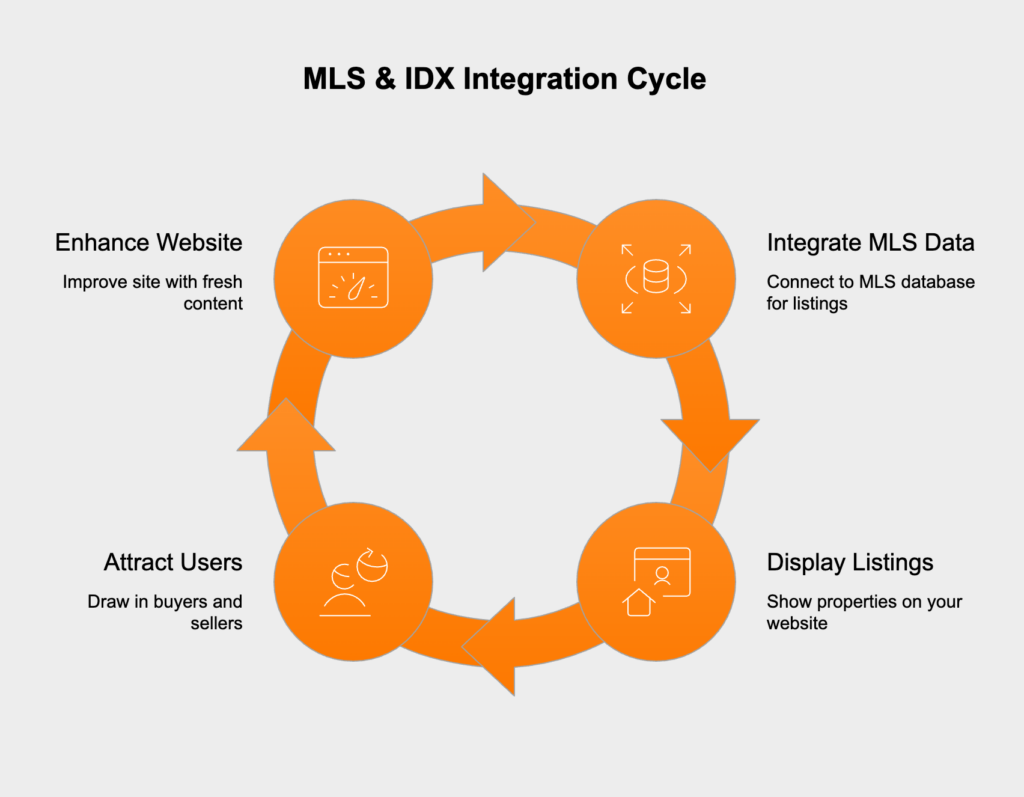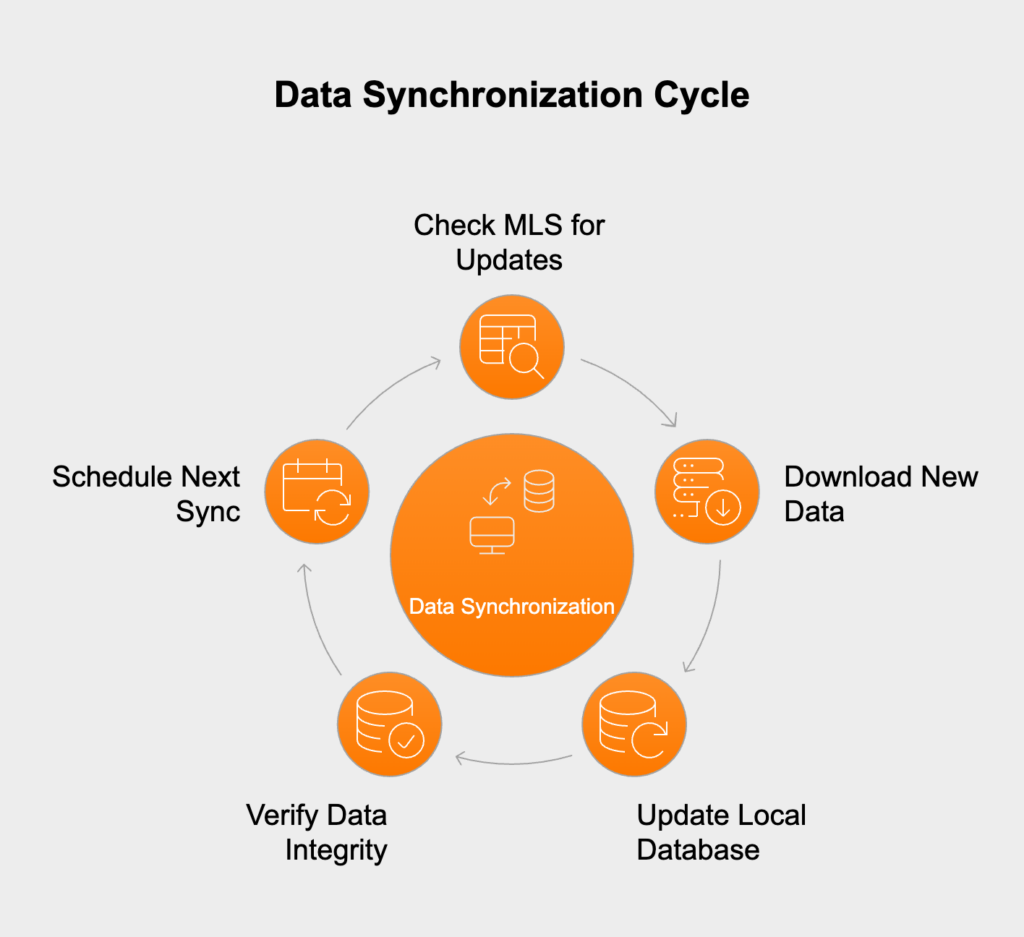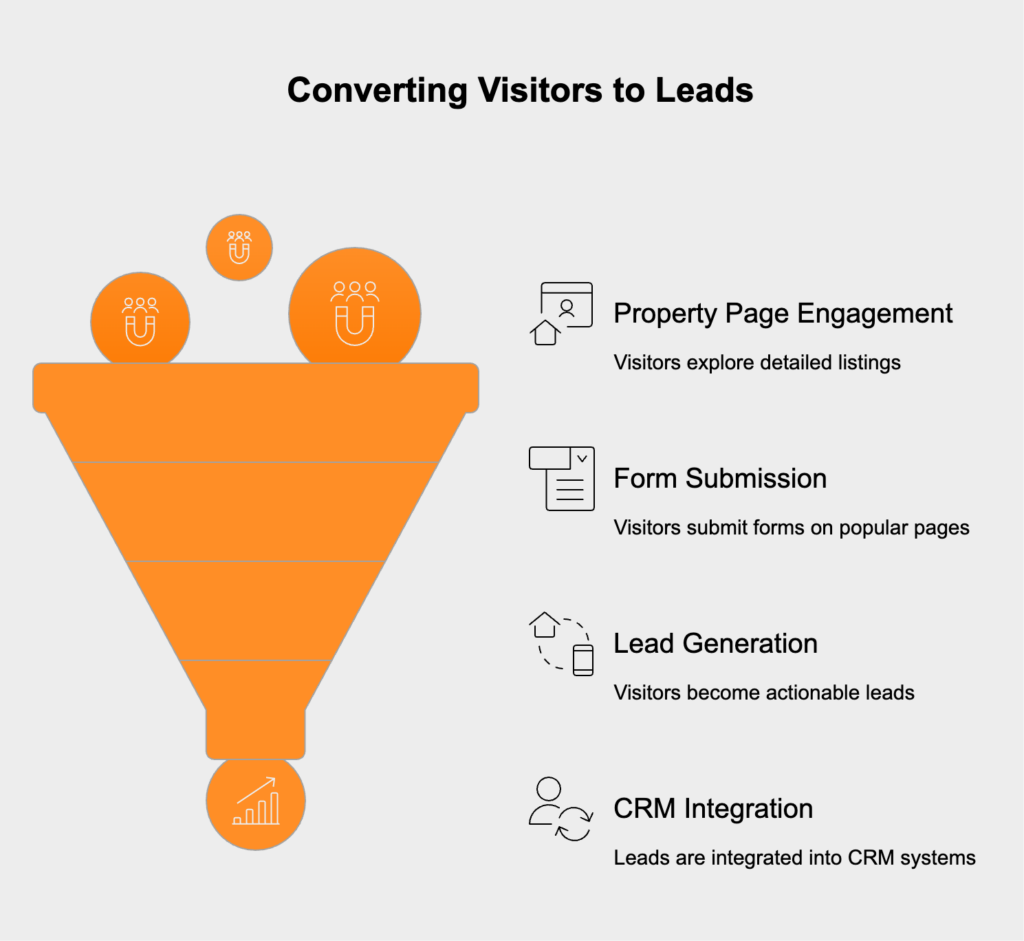Methods, types, pros and cons of system integration
- August 31
- 10 min

Integrating a Multiple Listing Service (MLS) with your website via Internet Data Exchange (IDX) is all about one thing: pulling property listings from a regional MLS database right onto your own site. This connection automatically keeps your listings fresh and accurate, all displayed under your own domain name. Of course, the whole setup is managed by IDX rules and policies, which are local MLS board regulations that control how agents can advertise listings online. When done right, this integration turns a simple online brochure into a powerful real estate hub that draws in buyers and sellers, carving out your space in a crowded market.

With an organic integration, property data isn’t just displayed—it’s pulled from the MLS and saved directly to your website’s own database. This is huge, because it creates a unique and permanent URL for every single listing, like yourwebsite.com/listings/123-main-street. Since these pages are actual, physical parts of your site, search engines like Google can find and index them properly. Owning your data this way is the secret sauce for real estate SEO. It’s how individual properties start showing up in search results, bringing you highly motivated buyers who know exactly what they’re looking for.
The Real Estate Transaction Standard (RETS) was the old-school protocol for moving massive amounts of MLS data. Essentially, software on your website’s server had to constantly ask the MLS server for huge downloads of new listings, photos, and all the details. This information would then fill up a database on your site. RETS was great for getting true organic integration and gave you complete control over the data, but it was a technical nightmare. It demanded a ton of server power to handle the constant, large data dumps and is now a legacy standard being replaced across the board.
The RESO (Real Estate Standards Organization) Web API is the modern replacement for RETS, built on current web standards to make data sharing much smoother. It ditches the clunky bulk downloads for a nimble RESTful API, which means you can pull data efficiently, flexibly, and in near real-time. This approach is way easier on your server and simpler for developers to work with. Since it’s now the required standard for MLSs connected to the National Association of REALTORS®, using the RESO Web API is a future-proof move. It guarantees you’ll have compliant and secure access to MLS data for the long haul.
// Example of a simple RESO Web API query using OData syntaxGET /odata/Property?$filter=ListPrice gt 750000 and StandardStatus eq 'Active'
This small code snippet shows a request for all active properties listed above $750,000, giving you a glimpse of the API’s powerful and standard filtering tools.
An iFrame integration basically just plants a window on your website that shows content from someone else’s server. It’s a quick and cheap way to get listings up, but it comes with a huge catch: it provides almost no SEO value. Because the property data isn’t actually on your site, search engines give all the credit to the original source, not you. Your site never builds authority or ranks for property keywords. On top of that, you have zero control over how the listings look or work, which kills any chance for customization and makes it much harder to capture leads.
A successful, compliant MLS integration hinges on careful planning in three areas: getting permission, picking the right tech, and setting up your infrastructure. Getting these steps right keeps your project stable, effective, and in line with strict industry rules, so you can avoid penalties or losing data access. Before a single line of code is written, you or your developer needs to get a data license from your local MLS board. This usually means filling out an application, signing agreements, and paying some fees. In return, the MLS provides the credentials you need—like API keys or RETS logins—and a copy of their IDX rules and regulations. You absolutely must follow these rules on how data is displayed, branded, and updated.
You could build a custom solution from scratch, but most businesses find it easier to use a commercial IDX plugin or platform. Going with an MLS-approved vendor is the fastest way to make sure you’re compliant. As you look at different options, double-check that they support organic integration using the RESO Web API. You also need to confirm that their tool works with your website’s platform, like WordPress, and has the search and lead capture features your business needs.
An organic integration means you’re storing the entire MLS dataset on your own server. We’re talking about potentially hundreds of thousands of listings and millions of photos, so your server needs to be up to the task. You’ll need to think about:
You’ll also need a rock-solid sync schedule, usually run by a cron job, to constantly check the MLS and keep your local data up to date.

An organic IDX integration fills your site with thousands of property pages that act like magnets for homebuyers. With all that content, you can build out powerful property search tools and detailed listing pages that keep people clicking around. By placing simple forms like “Request a Showing” or “Save this Property” on these popular pages, you turn casual visitors into real, actionable leads. Best of all, these leads are full of context—you know exactly what properties they looked at. They can be sent straight into a Customer Relationship Management (CRM) system, giving agents a perfect way to track interest and follow up effectively, which in turn boosts conversion rates.

